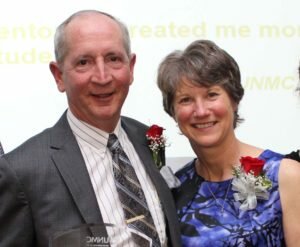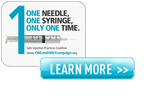
“Ev, you have Hepatitis C. The lab test is postive, but I have no idea how you got it.”
My husband Tom said these words to me on February 8, 2002. And thus began my life with Hepatitis C.
Months later we learned that I contracted Hepatitis C through reuse of syringes during chemotherapy. The oncology nurse drew blood from my port, put the blood in lab collection vials and then used the same syringe to access a large saline bag. That same saline bag had been contaminated with a Hepatitis C+ patient’s blood during his port flush. In all, 99 people who were engaged in the fight of their lives to overcome cancer were infected with this second deadly disease.
I’ve learned alot about Hepatitis C since then. Around the world 400 million people are infected with hepatitis B and C, more than 10 times the number of people living with HIV. An estimated 1.45 million people died of the disease in 2013 – up from less than a million in 1990.
Recently we celebrated World Hepatitis Day. It is a day to remember those who have died from the disease, support those who currently have it, and work towards prevention. The theme for this year is “Elimination.” The World Health Organization announced a strategy for dealing with the world-wide epidemic of viral hepatitis.
This new WHO strategy introduces the first-ever global targets for the elimination of Hepatitis B and Hepatitis C as public health threats. These targets include a 30% reduction in new cases of hepatitis B and hepatitis C, and a 10% reduction in mortality by 2020, and ultimately achieving even greater health impact by 2030. Key approaches to achieving these targets include:
- expanding vaccination programs for hepatitis B;
- preventing mother-to-child transmission of hepatitis B;
- improving injection, blood, and surgical safety;
- providing harm reduction services for people who inject drugs; and
- increasing access to diagnosis and treatment for hepatitis B and hepatitis C.
These are lofty goals, but so necessary.
I am one of the lucky ones. After exhausting treatment, I have no detectable virus in my bloodstream. I am profoundly grateful. I choose to live my gratitude by advocating for safe injection practices so that no one else will hear the words, “You have Hepatitis C, but we have no idea how you got it.”






Leave a comment